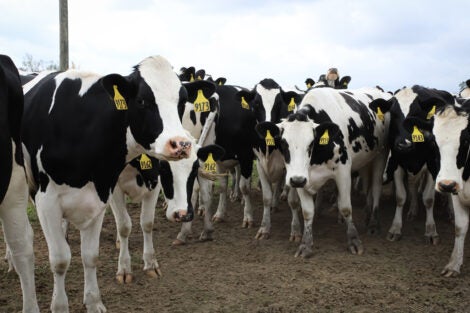June 12, 2024—It’s not too late to contain the bird flu outbreak in the U.S—as long as the government implements an effective public health surveillance strategy, says Harvard T.H. Chan School of Public Health’s Rachael Piltch-Loeb.
Piltch-Loeb, senior preparedness fellow at the Harvard Chan Emergency Preparedness Research Evaluation & Practice (EPREP) Program, co-authored a June 8 opinion piece in The Hill outlining how the federal government can work to prevent a bird flu pandemic. According to the authors, a government response should be rooted in public health surveillance—in this case, monitoring the country’s food supply and farm-associated spread of the virus, as well as the virus’ characteristics, evolution, and pathways of transmission.
The goals of such public health surveillance would include:
- Identifying major events—such as human infections, person-to-person spread, and viral evolution—early
- Collaborating across government agencies to share and connect data on bird flu in humans, animals, and food, in order to better understand and track the virus
- Communicate findings to state and local governments and public health agencies, as well as the public, to discourage disinformation and encourage participation in solutions to contain the virus
“Without a goal-oriented governmental response to the H5N1 outbreak—and a public health surveillance strategy that is aligned with these larger goals—the U.S. will not understand the true extent and implications of the outbreak, failing to protect its citizens and the rest of the world from a very real pandemic threat,” the authors wrote.
Read the op-ed: The bird flu outbreak has spread to humans — are we too late to prevent the next pandemic?
Photo: iStock/Sabrina Gordon
